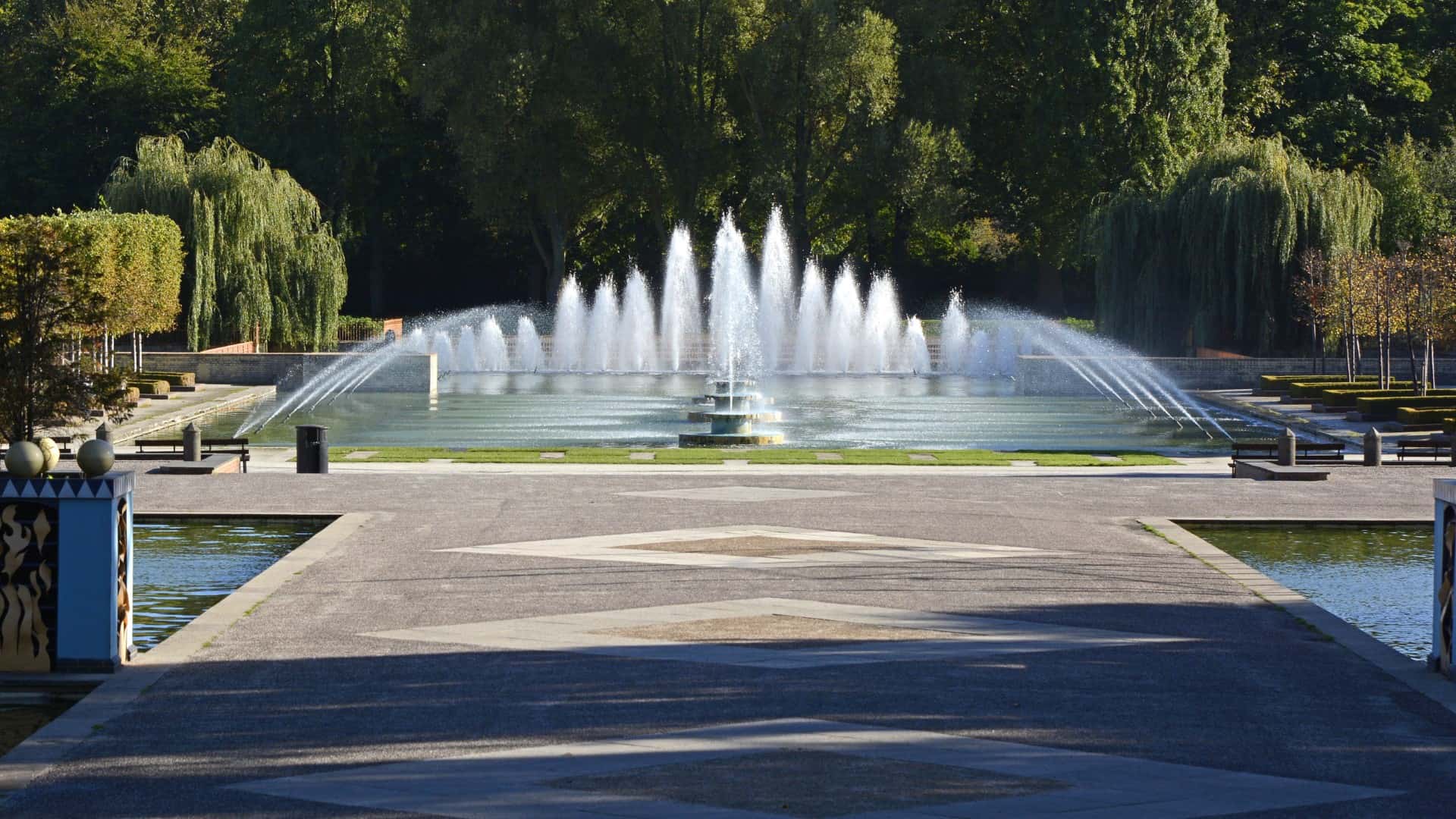Escape to Beautiful Battersea Park
Battersea Park is a large park of 200 acres that has something for everyone, including a children’s zoo, a promenade, ecological areas, and several sports facilities.
Highlights
- Make friends with the many rare and exotic animals at the Children’s Zoo, including the endangered yellow-crowned parakeet of New Zealand and the Siberian chipmunk
- Hire a recumbent bike (this means you’re in a semi-reclined position) and explore the 200 acres of Battersea Park from a unique perspective
- Take to the water in a pedalo on the Battersea Boating Lake and see how many different types of birds you can spot
What to see and do
See the otters being fed at the zoo
You can enjoy the sight of the zoo’s short-clawed otters being fed – at 10.00 am and 2.00 pm – every day. Other things to see and do and the zoo include trying out several play areas, eating at the Lemon Tree café, and hanging out with the capuchins at Monkey Mayhem.
Improve your swing at Putt in the Park
This outdoor miniature golf course features uneven ground, water traps, and lots of obstacles to keep you on your toes, no matter what your age or experience is. You can also grab a snack and a drink while you’re there.
Take in some art at the Pump House Gallery
This contemporary visual art gallery features exhibitions, as well as regular talks and workshops so that everyone interested in art can find something to get into.
Check out Albert Bridge after dark
When you’re entering or leaving the park, look out for the Albert Bridge, which is lit up with thousands of tiny lights after dark. It’s a beautiful sight, especially on autumn or winter evenings.
Did you know: (4 interesting facts!)
- Scenes from the movies End of the Affair, Wilde and 101 Dalmatians were filmed in Battersea Park.
- Up until 1846, the area covered by Battersea Park was known as Battersea Fields and it was a popular (if that’s the right word) venue for duels.
- Battersea Fields was also marshy and fertile ground which supported the growth of lots of crops, including melons, carrots, lavender and the so-called Battersea Bunches of asparagus.
- The name “Battersea” is believed to be derived from the Anglo-Saxon “Badrices īeg”, or Badrice’s Island. The area is mentioned in the Domesday Book as “Patricsey” and it was valued at just over £75.
History
- 1820s: During its duelling period, Battersea Fields was the scene of a famous battle between the Duke of Wellington, who was Prime Minister at the time, and the Earl of Winchilsea. The two men met on March 23 1829 to settle a matter of political honour and, thankfully, both survived due to poor shooting skills.
- 1846: An Act of Parliament enabled the Commissioners of Woods and Forests to design a royal park at Battersea. This move was in part aimed at stamping out the illegal drinking, gambling, racing and other nefarious activities which went on at the infamous Red House Tavern. Author Charles Dickens was a regular at this tavern.
- 1854: The carriage drives, the lake and the park’s mounding were designed and built by John Gibson, the park’s first superintendent.
- 1858: Queen Victoria officially opened Battersea Park.
- The WWII years: Battersea Park played its part in the war effort with air raid shelters being dug and lots of the original landscaping being converted to allotments for vegetables, as well as a pig farm.
- 1951: As part of the Festival of Britain, various designers built the Pleasure Gardens, which included the Guinness Clock and the Oyster Creek Branch Railway.
- The in same year, the Funfair started at Battersea Park. The centrepiece of the fair, the Big Dipper rollercoaster, opened in 1951. It proved to be somewhat ill-fated, however, as it caught fire in 1970, and in 1972 there was an accident that caused five fatalities.
- 2002-2004: Battersea Park had an £11 million refurbishment, paid for in part by the Heritage Lottery Fund. Prince Phillip re-opened the park in 2004.
- 2011: Then Mayor of London, Boris Johnson, unveiled a sculpture to commemorate the 10th anniversary of the 2001 attacks on New York’s World Trade Centre.
- 2012: The park hosted one of the national Foodies Festivals, which included cooking masterclasses from chefs such as Ed Baines and Levi Roots.
Facilities and accessibility
The nearest train stations to Battersea Park are Queenstown Road or Battersea Park, both of which are a 10-minute walk to the Rosary Gate entrance.
The nearest tube stations are Sloan Square, Pimlico, and Victoria.
Battersea Park has three pay and display car parks for cars, vans and minibuses (up to 16-seaters), located at Chelsea Gate, Rosary Gate and Albert Bridge Gate. The machines don’t give change.
There are three toilet facilities in the park; the Pierpoint Toilets next to the zoo, the Fountain Toilets, next to the fountains and the Beechmore Toilets close to Sun Gate.
The opening times of the toilets vary by season, so check notices at the gates or on the website.
